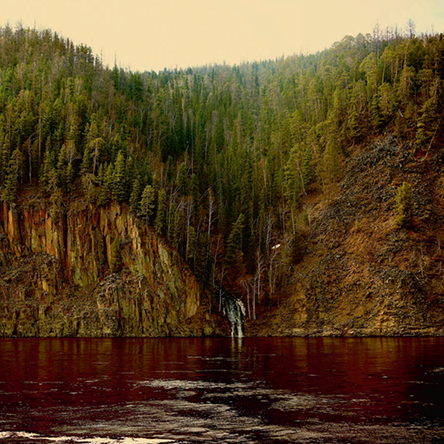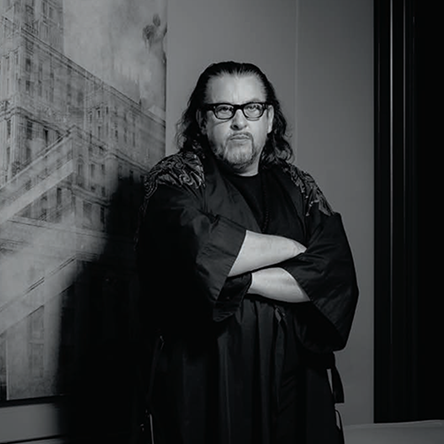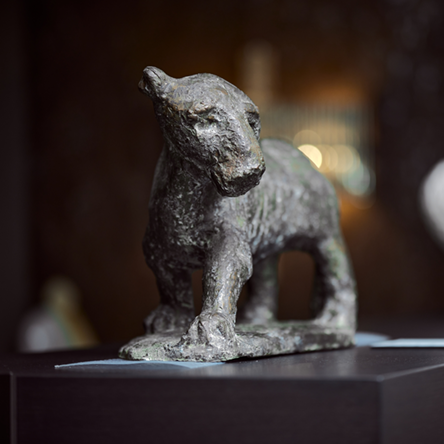SVYATOSLAV ROERICH
Svyatoslav was born on 23 October 1904 in Saint Petersburg to an intellectual family of the prominent artist Nikolai Roerich and Helena Roerich. As a child Roerich was surrounded by stuffed animal specimens, stones, minerals, books and insects bred by his mother for him to study. It was a constant source of inspiration for young Svyatoslav who started drawing and moulding. Svyatoslav followed in his father’s artistic footsteps and attended a local arts school, later helping his father in stage set designs.
In 1919 Roerich moved to London in order to study architecture at the Royal Academy of Arts. The following year he travelled to America, Columbia, then settled in Massachusetts upon his admission to Harvard University. Young Roerich’s parents had established an International Arts Centre in New York “Corona Mundi”, which at the age of 19, Roerich took over.The same Svyatoslav had his first solo exhibition in New York.
1926 was crucial to his career: an exhibition celebrating the 150th anniversary of US independence for which he won the Grand Prix of the Sesquicentennial Exposition in Philadelphia.
In 1931 Svyatoslav moved to India to join his parents. He ended up living there with them in an old house in the Kulu valley in the north of India. What he learnt there about the country’s architectural gems and art would profoundly influence much of his own work. Jawaharlal Nehru, the first Prime Minister of India and a central figure in Indian politics before and after the independence, awarded him the International Award and the Padma Bhushan. In his mastery of portraiture, Roerich always tried to outline his models’ personality with brushstrokes. His paintings of Nehru and Indira Gandhi, adorn the historic Central Parliament Hall in New Delhi. In 1945 he married the well-known Indian movie star Devika Rani.
Roerich’s first important exhibition in the USSR took place in 1960 and was a roaring success. This instigated a stream of shows which effected in Roerich becoming an academician of the Academy of Arts in the USSR.
Roerich was very devoted to Russia. During the Nazi invasion in 1941 he appealed to the Soviet Ambassador in London to join the Red Army but was rejected.







